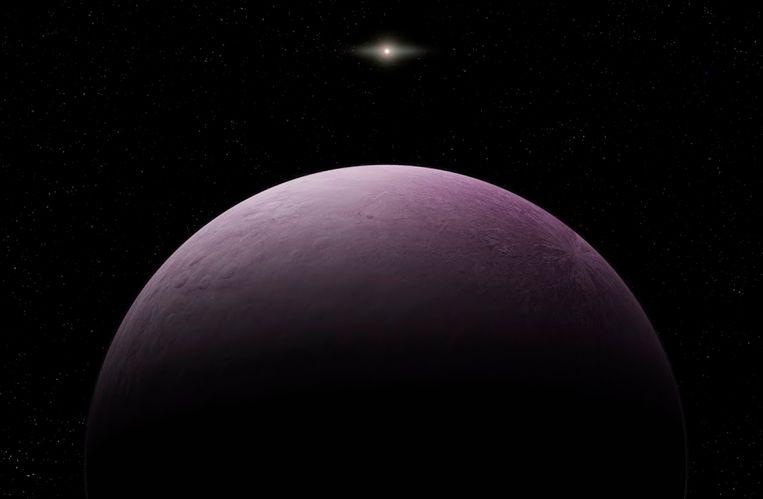Astronomers have discovered a new celestial body with the Japanese Subaru telescope on Hawaii. It is the most distant object that has been observed in our solar system up to now and therefore received the nickname ‘Farout’ (‘Far away’). The rosy dwarf planet is about 18 billion kilometres away from the Earth – that’s about 3.5 times the distance to Pluto.
The Americans Scott Sheppard and Chad Trujillo announced the discovery yesterday. Much is known about the new celestial object with official designation ‘2018 VG18’ except that the dwarf planet appears to be pink (which could point to a surface of ice) and has a diameter of about 500 km.
A thousand years
Farout takes about a thousand years to turn around the sun once. The distance from the sun to the dwarf planet corresponds to 120 times the distance from the sun to the Earth. It will take years before astronomers can determine the precise shape of its orbit because it moves very slowly.
For years, scientists have been looking for a ninth planet that would be on the edge of our solar system. It is in that context that ‘Farout’ was finally discovered. Astronomers suspect that the objects at the edge of our solar system – which are all circling in a whimsical orbit – are influenced by a larger celestial body. But that so-called ‘Planet X’ is still not found.
